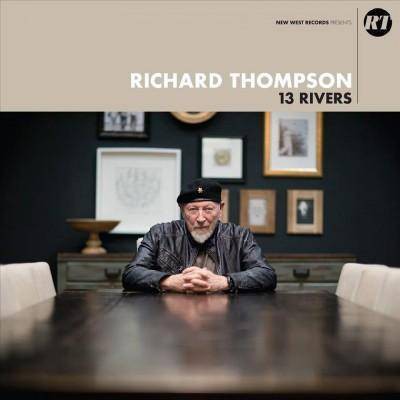Crystal Clear - by Richard J Thompson (Paperback)

Similar Products
Products of same category from the store
AllProduct info
<p/><br></br><p><b> Book Synopsis </b></p></br></br><b>Quartz crystal-a technology that changed the tide of World War II</b> <p>Some of the defining leaps in technology in the twentieth century occurred during the Second World War, from radar to nuclear energy. Often left out of historical discussions are quartz crystals, which proved to be just as pivotal to the Allied victory-and to post-war development-as other technologies. Quartz crystals provided the U.S. military, for the first time, with reliable communication on the front lines, and then went on to become the core of some of the most basic devices of the post-war era, from watches, clocks, and color televisions, to cell phones and computers.</p> <p>In <i>Crystal Clear</i>, Richard Thompson relates the story of the quartz crystal in World War II, from its early days as a curiosity for amateur radio enthusiasts, to its use by the United States Armed Forces. It follows the intrepid group of scientists and engineers from the Office of the Chief Signal Officer of the U.S. Army as they raced to create an effective quartz crystal unit. They had to find a reliable supply of radio-quality quartz; devise methods to reach, mine, and transport the quartz; find a way to manufacture quartz crystal oscillators rapidly; and then solve the puzzling aging problem that plagued the early units. Ultimately, the development of quartz oscillators became the second largest scientific undertaking in World War II after the Manhattan Project.</p> <p>Bringing to light a little-known aspect of World War II, <i>Crystal Clear</i> offers a glimpse inside one of the most significant efforts in the annals of engineering.</p><p/><br></br><p><b> From the Back Cover </b></p></br></br><b>Quartz crystal--a technology that changed the tide of World War II</b> <p>Some of the defining leaps in technology in the twentieth century occurred during the Second World War, from radar to nuclear energy. Often left out of historical discussions are quartz crystals, which proved to be just as pivotal to the Allied victory--and to post-war development--as other technologies. Quartz crystals provided the U.S. military, for the first time, with reliable communication on the front lines, and then went on to become the core of some of the most basic devices of the post-war era, from watches, clocks, and color televisions, to cell phones and computers.</p> <p>In <i>Crystal Clear</i>, Richard Thompson relates the story of the quartz crystal in World War II, from its early days as a curiosity for amateur radio enthusiasts, to its use by the United States Armed Forces. It follows the intrepid group of scientists and engineers from the Office of the Chief Signal Officer of the U.S. Army as they raced to create an effective quartz crystal unit. They had to find a reliable supply of radio-quality quartz; devise methods to reach, mine, and transport the quartz; find a way to manufacture quartz crystal oscillators rapidly; and then solve the puzzling "aging problem" that plagued the early units. Ultimately, the development of quartz oscillators became the second largest scientific undertaking in World War II after the Manhattan Project.</p> <p>Bringing to light a little-known aspect of World War II, <i>Crystal Clear</i> offers a glimpse inside one of the most significant efforts in the annals of engineering.</p><p/><br></br><p><b> About the Author </b></p></br></br><b>RICHARD J. THOMPSON, Jr.</b>, is the Dean of Mathematics and Science at The College of Saint Rose in Albany, New York. He received a PhD in astronomy and astrophysics from The Pennsylvania State University in 1994 and has served as a physics professor and department chairman at McMurry University in Abilene, Texas.
Price History
Price Archive shows prices from various stores, lets you see history and find the cheapest. There is no actual sale on the website. For all support, inquiry and suggestion messages communication@pricearchive.us



















